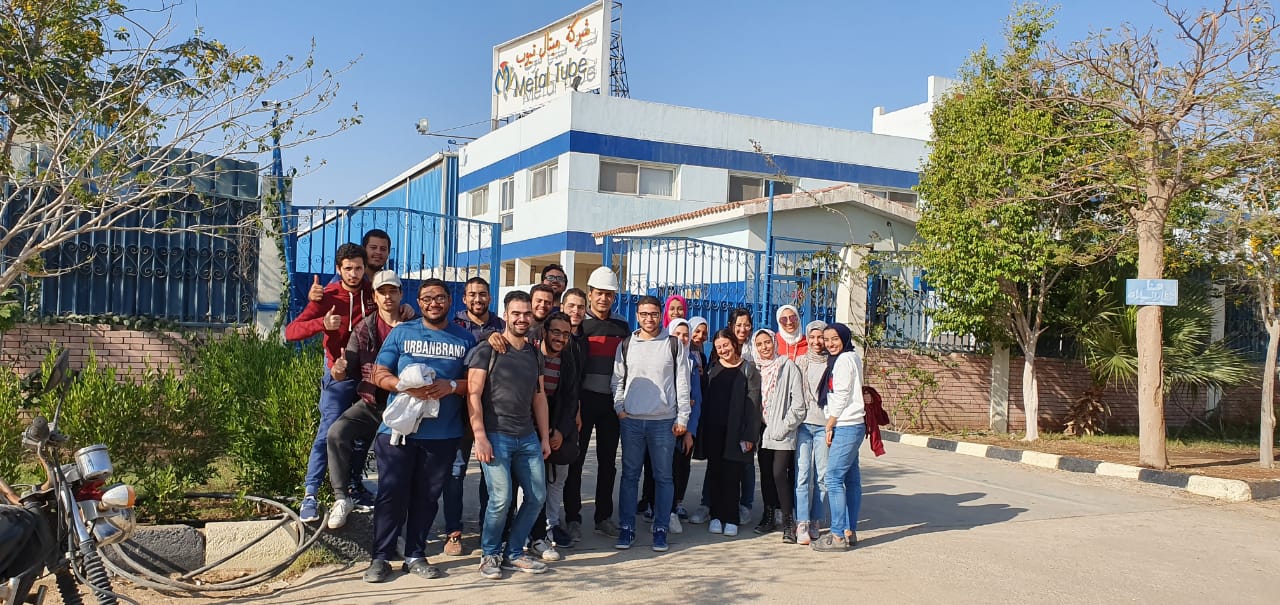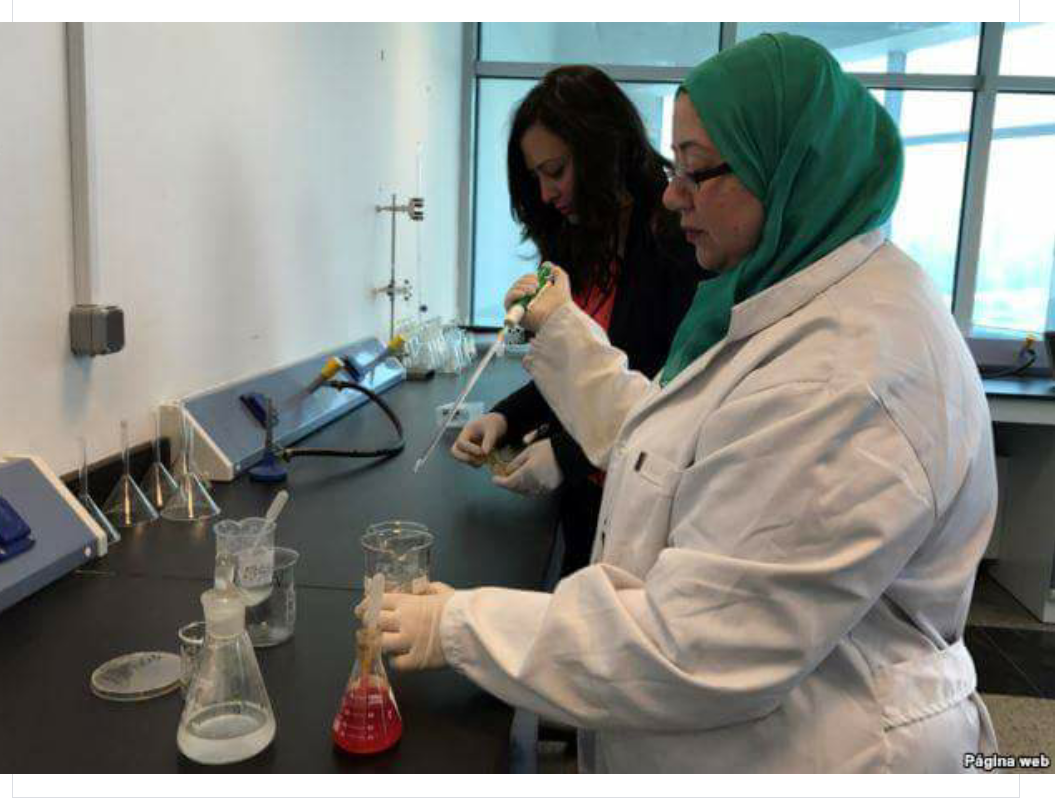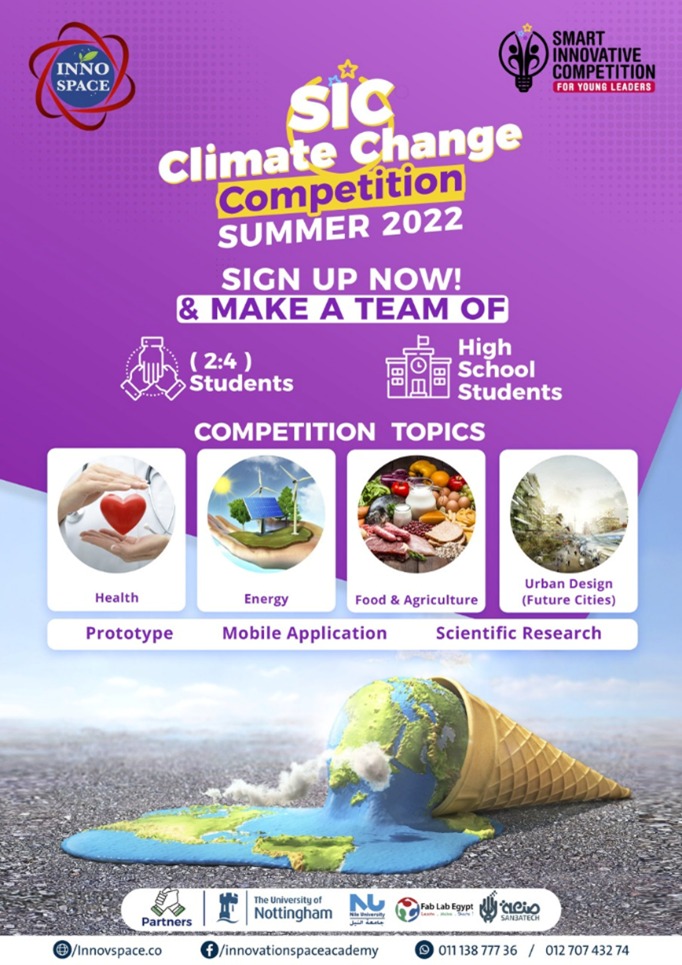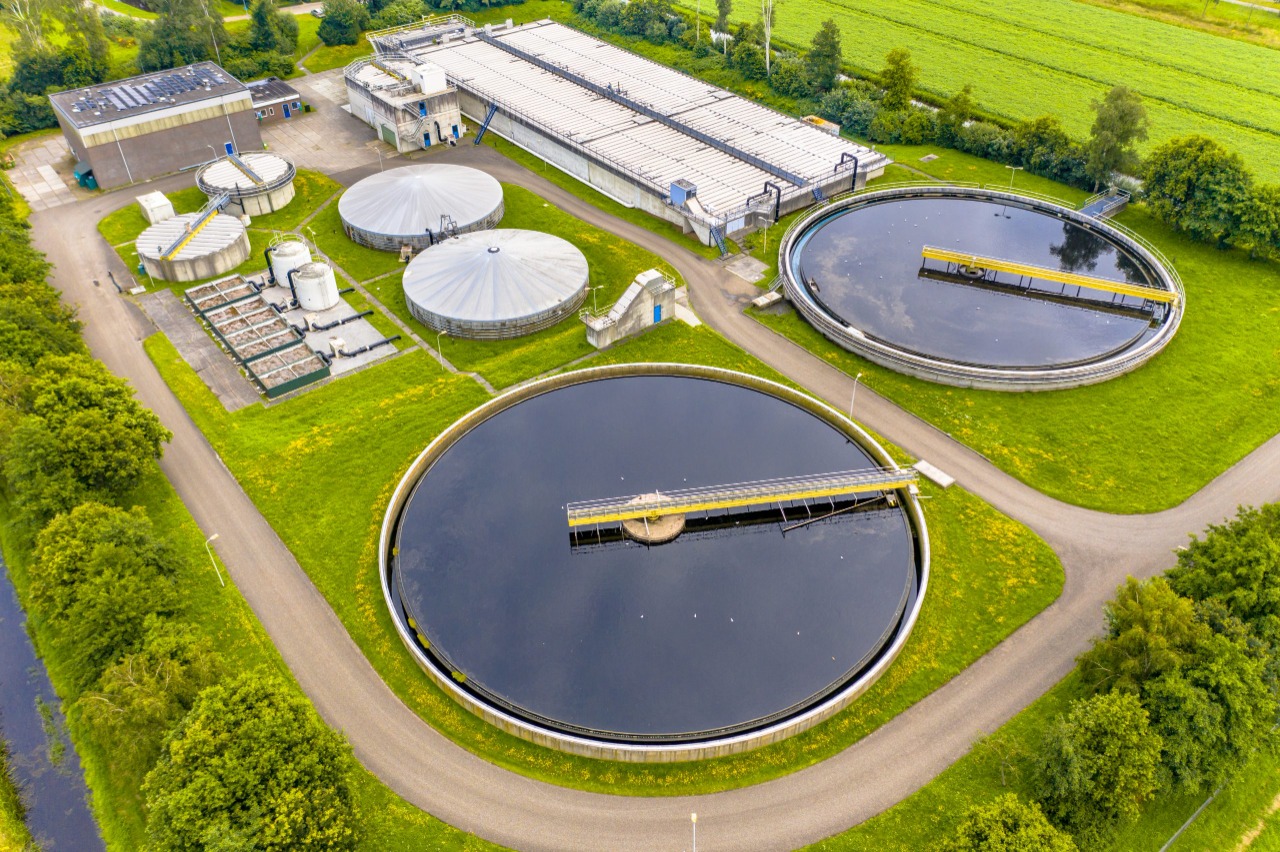
Research Project
Enhancing Heat Transfer in Heat Pipes through Controlled Vibration
Cooling electronic chips and hardware is essential to their safe and reliable operation. Heat pipes are devices that transfer heat between a source and a sink through a phase change process. In this project, the performance of the state-of-the-art heat pipe designs is enhanced through artificially created body force fields that are controlled by vibration and/or centrifugal rotation. Objective

Research Project
A Novel Prototype for Energy Harvesting from Low-speed Wind through Nonlinear Magnetically-assisted Galloping
Energy harvesting from low-speed wind offers a significant opportunity for applications such as remote sensing equipment and charging the batteries of small robots, during the night or underwater. These miniature devices require optimization to operate efficiently. There is a rapid growth in interest in these devices to serve the fast-growing robotics market. The development and optimization of an

Research Project
Characterization, Development, and Life Cycle Analysis of EPS Geofoam for Use under Roadways Embankments
Expanded polystyrene (EPS) or geofoam blocks have long been used as a lightweight, durable, geosynthetic alternative for soil backfills in several infrastructure facilities and geotechnical applications. Recently, EPS was utilized for roadway embankments after assuring safety against acting loads in addition to hydrostatic and buoyancy stability. While satisfying these considerations, the design

Research Project
Post Occupancy Evaluation – From Architecture to Energy Efficiency and Carbon Emissions: The Case Study of Nile University
Sustainability has been one of the major overarching topics across industries over the past few years. Sustainability in the built environment is no exception and given the recent focus on climate change, it cannot be seen as a luxury anymore. However, sustainability should never come at the expense of the convenience of the building users or the architectural aesthetics. Accordingly, this

Research Project
Replacing the Virgin Materials in Concrete with Waste Materials (Rubble, Plastics, Sludge, etc.)
Construction wastes have become the largest source of different solid wastes in Egypt as construction and demolition processes generate millions of tons of construction and demolishing wastes every year. The increasing generation of construction and demolishing wastes have caused huge impacts on the environment and agitated growing public concern in the local community. Therefore, the minimization

Research Project
UK/Egypt Trans-national Education Partnerships Grants
Objective/Contributions: All three partners are strongly interested in the development of TNE in the field of Environmental Management and Sustainability. This is an area of significant global concern and one where mutual collaboration can lead to opportunities for new curricula in the future. However, formal TNE in the short term faces many institutional challenges; therefore our approach is to

Research Project
Unblocking the Equality Pipeline in Mechanical Engineering
This partnership between a globally connected university in Scotland (North Britain), and a new, rapidly-growing and well-respected university in Egypt (North Africa) will focus entirely on empowering women in the area of mechanical engineering. Objective/Contributions: We wish to establish a paradigm for tackling the barriers to gender equality in the “difficult” area of mechanical engineering

Research Project
Turning Shrimp Shells into Eco-friendly Plastic
Egypt produces 20 million tons of solid waste annually, some of which is recycled or buried in landfills, much of which is piled up on roads, in water drains, or may even lie at the bottom of the sea. This is in short the garbage and plastic waste disaster that requires years to decompose under the sun. The results are usually smaller pieces of microplastic particles eaten by fish and marine

Research Project
Next Generation Manufacturing for Sustainable Biomaterial Design
Objective: The objective of the proposed project is to accelerate the path to the industrialization of the sustainable bioplastics developed in the previous research through capacity building for the youth community. This is an efficient way to reduce the production and consumption of non-sustainable plastics and decrease the negative effects of climate change.

Research Project
Multi-stage Low-cost Treatment of Dyes and Paints Wastewater by Coagulation, Adsorption, and Filtration for Reuse in Several Application
Objective/Contributions: Designing and constructing a low-cost, efficient, rapid environmentally friendly treatment system for textile and paint industries' recycling and treatment. Conducting a comprehensive literature database of all the reuse and treatment methods, in paints wastewater treatment and all the pilot plants, and treatment plants used success stories that successfully reduce the
